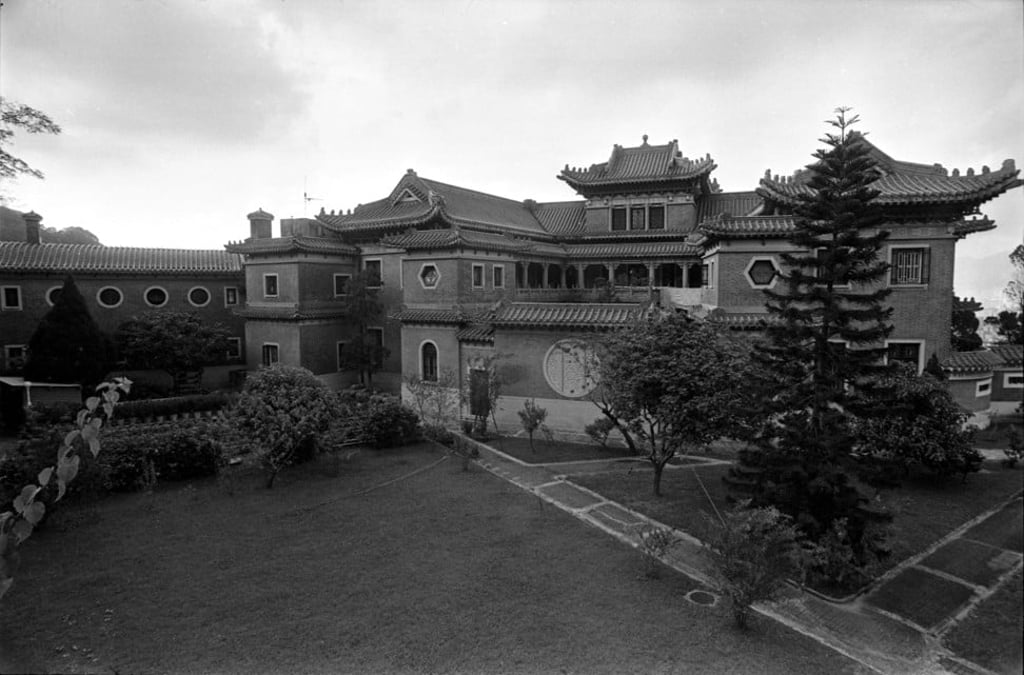Then & Now | Wynne Ward (1917-2017), a Hong Kong girl
Born in the colony, Ward, whose father was the architect behind city landmark the King Yin Lei mansion, lived most of her nearly 100 years here

How many locals today even remember the Repulse Bay Lido, an Art Moderne-inspired restaurant and dance hall on the beach, now demolished and replaced by an ugly waterside amenities block? Wynne Ward, who recently died, just before her 100th birthday, certainly did; she used to party there at weekend tea gatherings long before the Pacific war broke out.
Wynne’s father, Arthur Robert Fenton-Raven, first came to Hong Kong with the British Army around 1903, went back to England via the Trans-Siberian Railway, qualified as an architect and returned to the city with his wife, Viola, around 1913. Among other projects, Fenton-Raven was responsible for King Yin Lei on Stubbs Road, built in 1936-37 by the daughter of Li Sing, one of Hong Kong’s leading early construction magnates. A noted landmark that has appeared in various feature films, King Yin Lei was controversially trashed by its new owners in 2007, which precipitated a government land swap/buyout and subsequent conservation gazettal.

Indifferent students – but keen tap, ballroom and ballet dancers – the sisters had regularly appeared in charity performances held at The Peninsula and other Hong Kong hotels to raise wartime funds. In Sydney, Wynne became a photographic and catwalk model, did bit parts in Australian-made films (which led to Winifred becoming shortened to the more stylish Wynne) and appeared in the chorus line at Sydney’s Tivoli Theatre.
